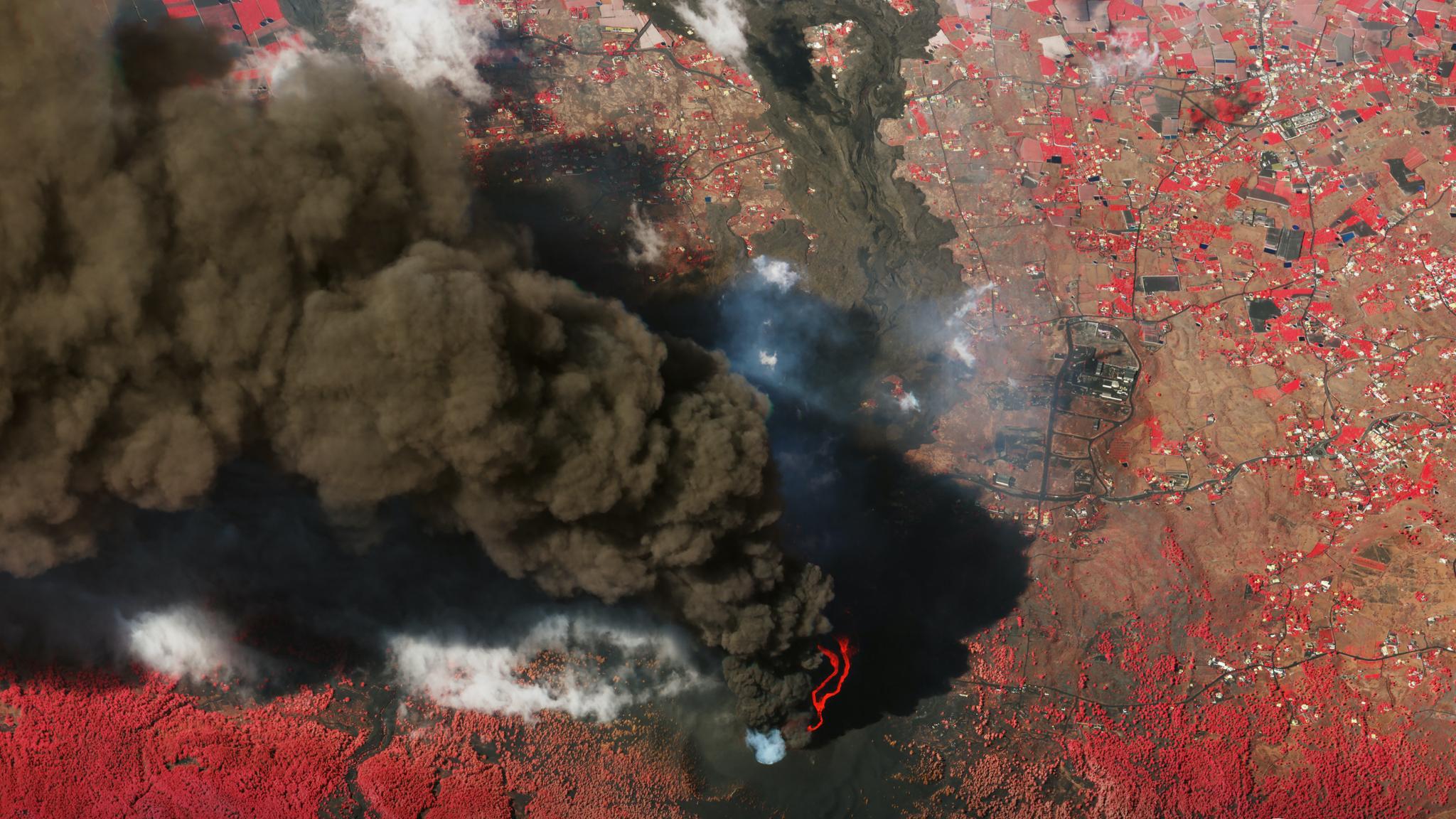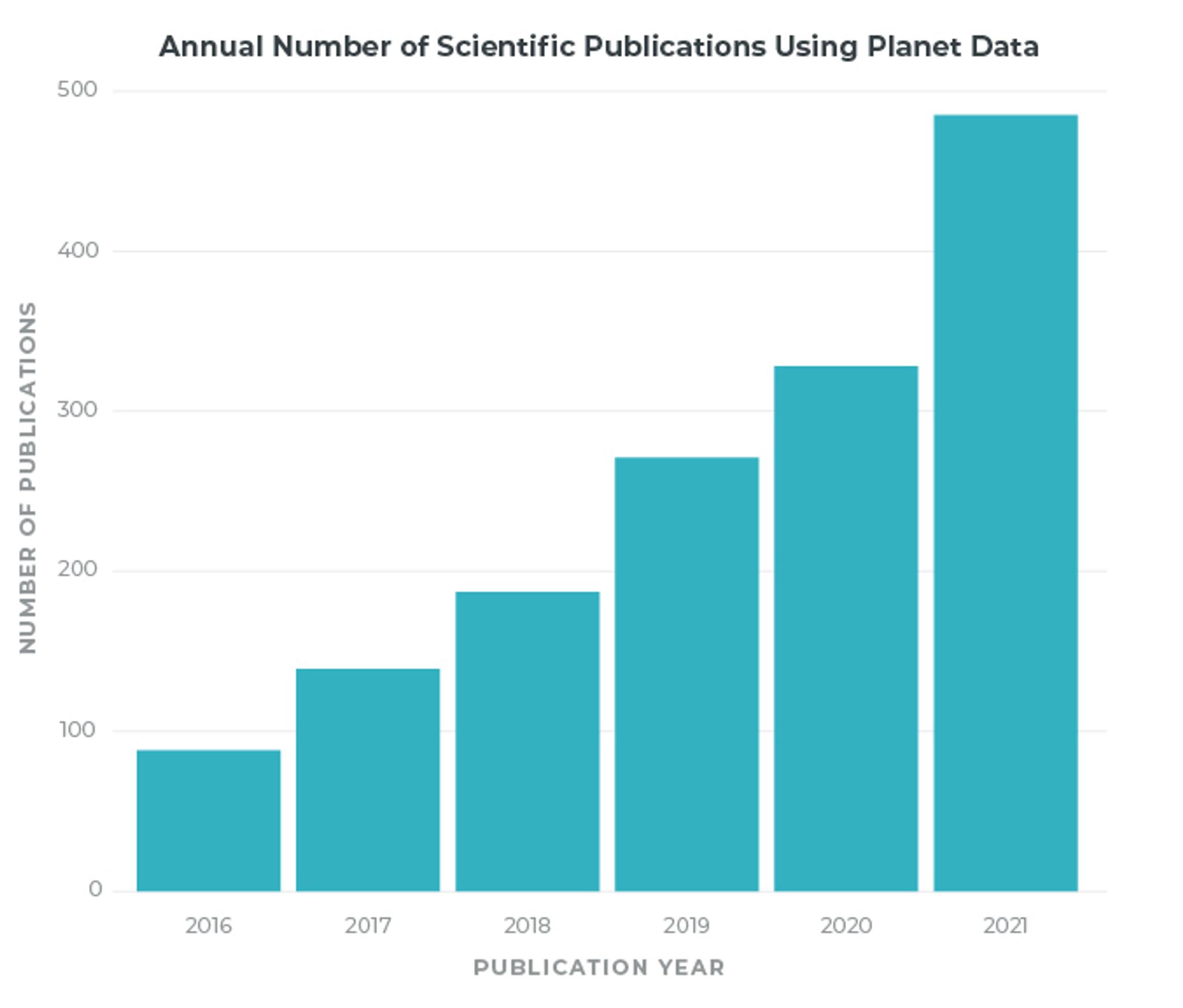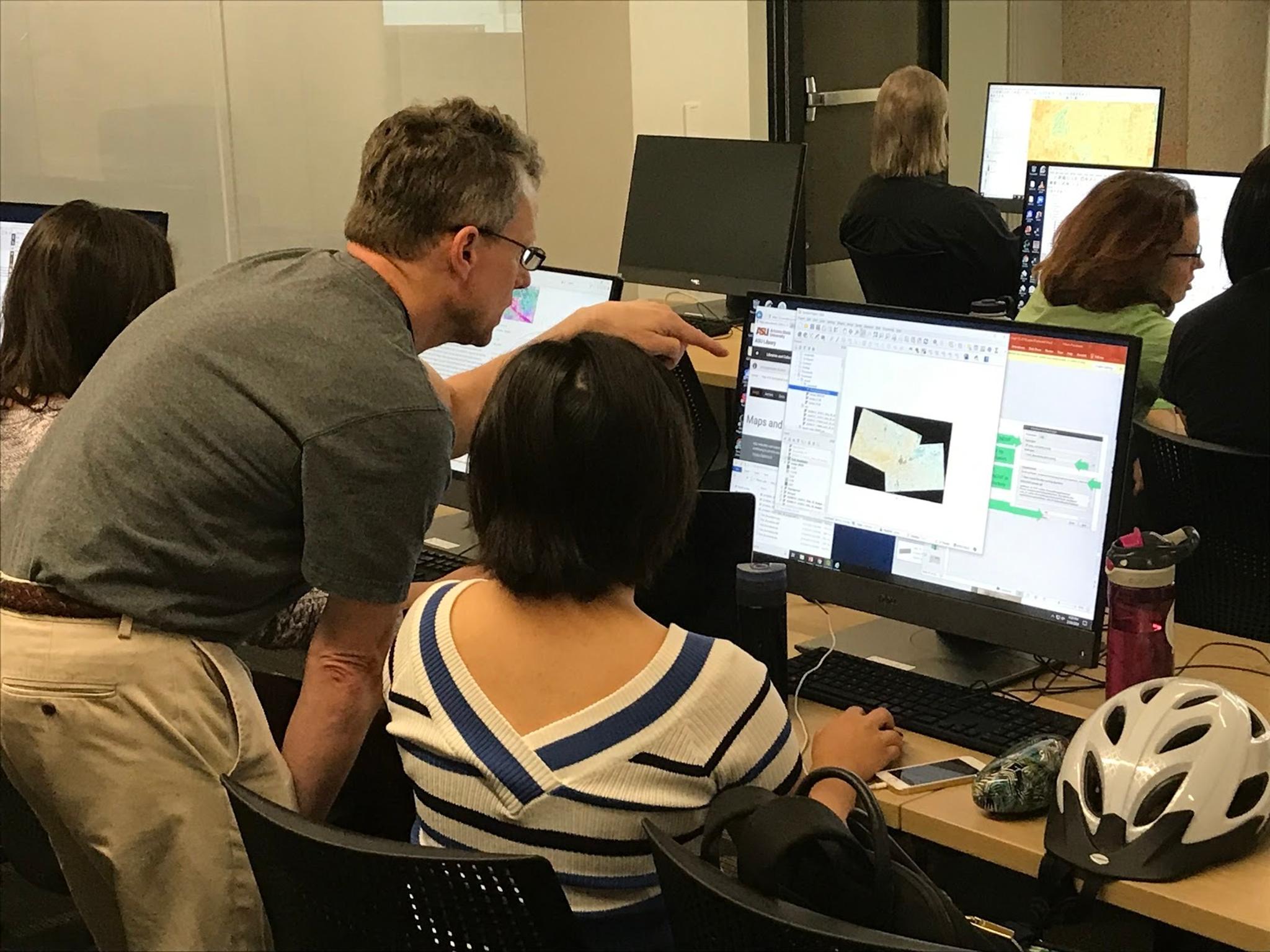Planet’s Earth Observation Data Contributes to Over 1,500 Scientific Publications

False-color oblique image of the Cumbre Vieja eruption on the island of La Palma © 2021, Planet Labs Inc. All Rights Reserved.
NewsOur data has officially contributed to over 1,500 academic publications since 2016. There has been a steady yearly growth in Planet-informed publications released in peer-reviewed journals, conferences, dissertations, and open journals, with over 400 new papers published just in the last year. Notably, in 2021, a study using Planet’s data was published at an average of 1 every 15 hours. With a global reach, we are excited to see that these papers have been published in up to 10 languages, and that nearly 100 graduate students have used Planet data as part of their graduate degrees, contributing to substantial new fields of inquiry. We are proud of this success stemming from our Education and Research Program, designed to provide opportunities for students, researchers, and professors, associated with accredited universities, to access Planet’s unique satellite datasets. With this access, participants can review, download, and analyze Planet’s archive of remote sensing data and publish key results. With the Education and Research Program, the NICFI Satellite Data Program, and through partnerships with NASA, DLR, and others, more than 20,000 Planet users globally are accessing Planet’s near-daily imaging of the earth data. With our data, users have contributed to important and urgent scientific discoveries, such as the cause of the Chamoli landslide. With a vast array of uses for Planet’s data, researchers have explored the full Earth system, publishing pieces ranging from melting arctic ice and natural disasters to revealing insights on walrus colonies or life in medieval times. [caption id="attachment_147923" align="aligncenter" width="676"]



Ready to Get Started
Connect with a member of our Sales team. We'll help you find the right products and pricing for your needs.

